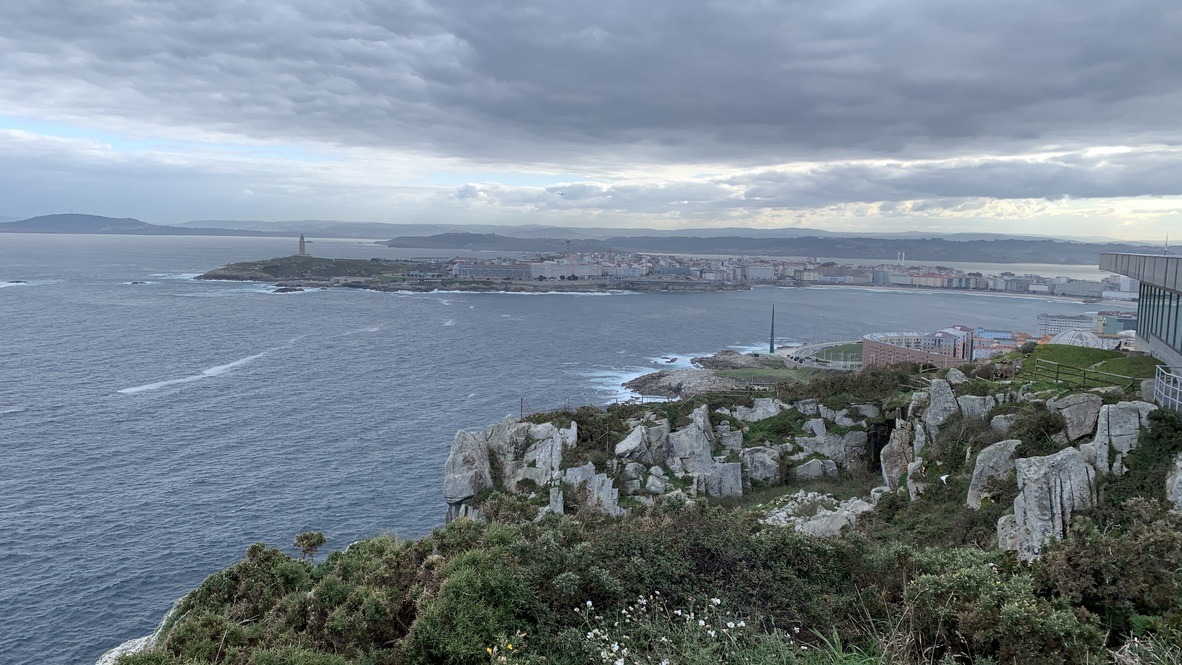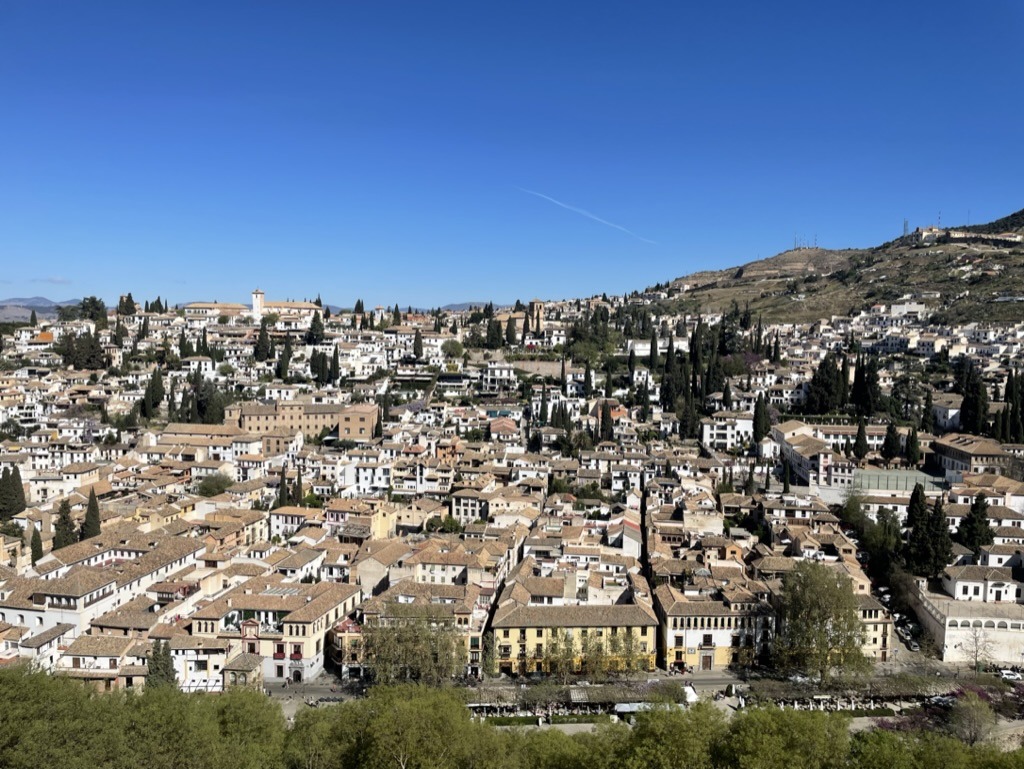Galicia enchants visitors with its stunning landscapes, rich cultural heritage, and delicious cuisine. Whether you’re exploring historic cities, hiking along the coast, or savoring local dishes, Galicia offers a memorable and enriching travel experience.
Getting There and Around
Galicia, a lush and culturally rich region in northwestern Spain, is accessible via several major airports: Santiago de Compostela Airport, A Coruña Airport, and Vigo Airport. From these airports, you can reach various parts of Galicia by train, bus, or car rental. The region has a good network of highways and regional trains, making it easy to explore. Public transportation within cities includes buses and trams, and many towns are pedestrian-friendly, ideal for walking and cycling.
Top Attractions
Santiago de Compostela: The capital of Galicia and the endpoint of the famous Camino de Santiago pilgrimage. The stunning Santiago de Compostela Cathedral, with its Romanesque, Gothic, and Baroque architecture, is a must-visit.
Rías Baixas: This coastal area is known for its beautiful beaches, picturesque fishing villages, and excellent seafood. Visit towns like Sanxenxo and O Grove for their charming harbors and vibrant culture.
A Coruña: A lively coastal city with a rich maritime heritage. Key attractions include the Tower of Hercules, the oldest working Roman lighthouse in the world, and the beautiful promenade along the coastline.
Ribeira Sacra: A scenic region known for its terraced vineyards, deep river canyons, and historic monasteries. Take a boat trip along the Sil River for breathtaking views.
Cíes Islands: Part of the Atlantic Islands of Galicia National Park, these islands are known for their pristine beaches, clear waters, and diverse wildlife. They are perfect for hiking, swimming, and bird watching.
Lugo: Famous for its well-preserved Roman walls, which are a UNESCO World Heritage site. The old town inside the walls features charming streets, squares, and the impressive Lugo Cathedral.
Culture and Cuisine
Galicia has a rich cultural heritage with strong Celtic influences, evident in its music, dance, and festivals. The region hosts numerous festivals, including the Festa de San Xoán in June and the Festa do Albariño in August, celebrating local wine.
Galician cuisine is renowned for its fresh seafood and hearty dishes. Must-try foods include pulpo a la gallega (Galician-style octopus), empanada gallega (savory pie), and caldo gallego (Galician soup). Galicia is also famous for its shellfish, including mussels, scallops, and percebes (gooseneck barnacles). The region produces excellent wines, particularly Albariño from the Rías Baixas area. Don’t miss trying queimada, a traditional Galician punch made with aguardiente, herbs, and sugar, typically served flaming.
Shopping
For shopping enthusiasts, Santiago de Compostela, A Coruña, and Vigo offer a mix of international brands, local boutiques, and specialty stores. The old towns are perfect for unique souvenirs, artisan crafts, and traditional Galician products such as pottery, textiles, and jewelry. Local markets, such as the Mercado de Abastos in Santiago de Compostela, are great places to buy fresh produce, local delicacies, and artisanal goods.
Day Trips
Galicia’s diverse landscape makes it ideal for day trips:
- Finisterre: Known as the “End of the World” in Roman times, this dramatic headland is a popular spot for pilgrims completing the Camino de Santiago. Enjoy the stunning coastal views and visit the lighthouse.
- Ourense: Famous for its hot springs, including the Termas de Outariz and the Burgas, where you can relax and enjoy the therapeutic waters.
- Pontevedra: A historic city with a well-preserved old town, beautiful squares, and notable landmarks such as the Church of Santa María la Mayor.
Practical Tips
A few simple tips to make your visit to Galicia easier.
- Best Time to Visit: Spring (April to June) and Fall (September to November) offer mild weather and fewer tourists. Summers are warm and ideal for beach visits and outdoor activities, while winters are cooler and wetter, particularly along the coast.
- Language: Spanish and Galician are the official languages. While English is spoken in tourist areas, learning some basic Spanish or Galician phrases can enhance your experience and interactions with locals.
- Safety: Galicia is generally safe, but as with any tourist destination, be mindful of your belongings in crowded areas and tourist sites to avoid pickpocketing.





